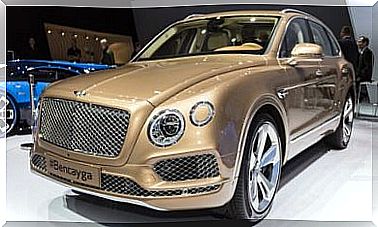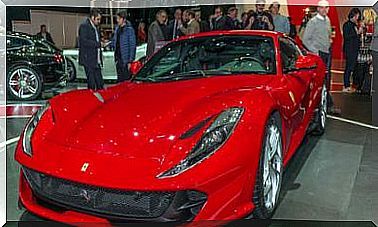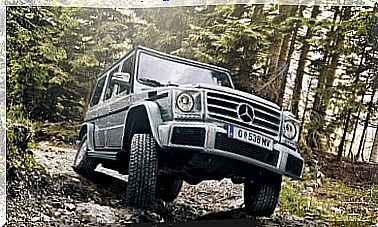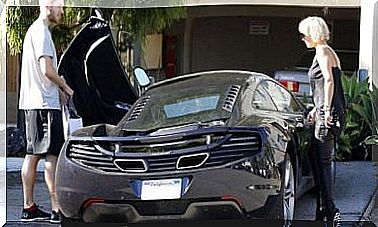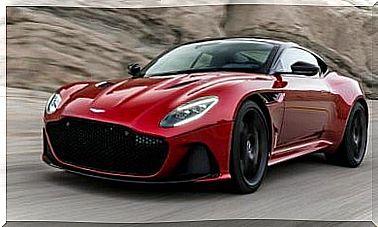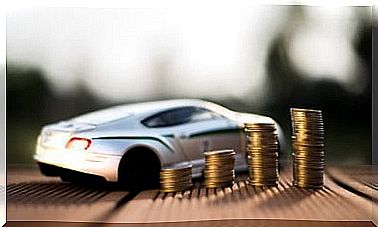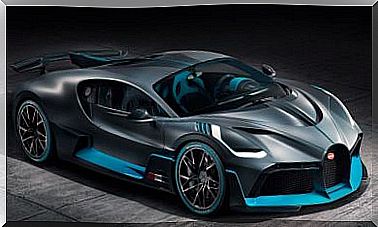Group B: Audi Quattro, The Cradle Of All-wheel Drive
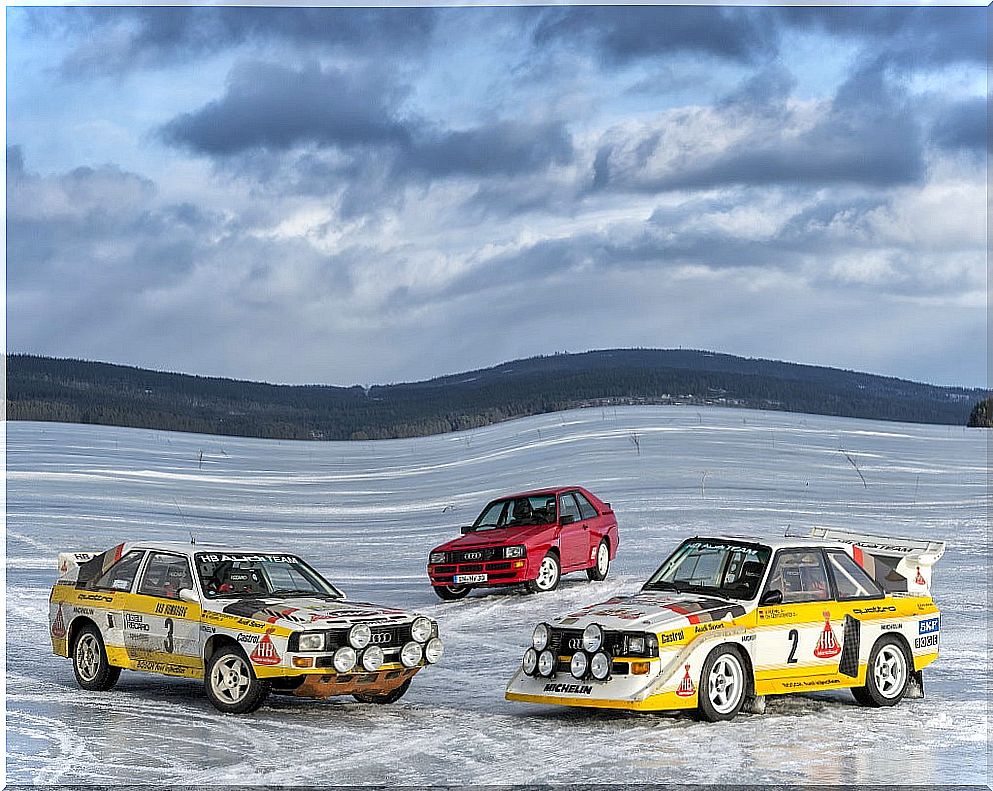
Audi Quattro
It was 1981 when a car born to be a legend appeared in the rally world . Feared and respected, the Audi Quattro was able to turn upside down the basic notions about all-wheel drive that had been held to date.
The first version, simply called Quattro, started in Group 4, and made its first official appearance at the Monte Carlo Rally that same year. The start of the race was encouraging, as in the sixth stage, the Finnish driver Mikkola started with a six-minute lead over the second.
That desired first win in the first race was cut short by a road exit, but in the next test he gave his rivals no choice and got his first victory. Although everything looked good for the German car, poor team management and a large list of breakdowns prevented the Audi Quattro from winning its first world championship.
Move to Group B
With this change of category, the Audi Quattro underwent a series of modifications to reduce the weight, improve the mechanical performance and center the weights as much as possible. The engine was placed in front of the front axle in a longitudinal position, which detracted from the balance of the car but facilitated the introduction of the 4 × 4 system.
That weight hanging from the front overhang produced a pronounced understeer, which could only be solved with the driving style of the Swede Blomqvist, which made the rear axle dance from side to side. The Quattro spent half of the World Cup on the side; an unbeatable show.
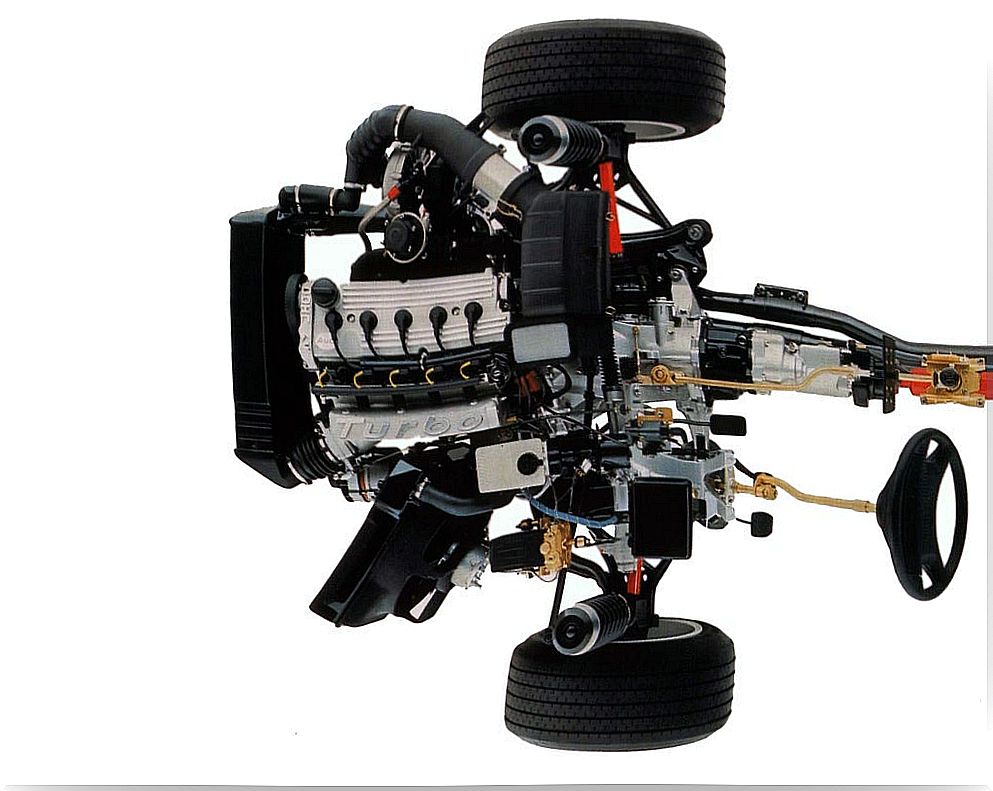
The engine that gave life to the German had 2 144 cubic centimeters and produced 370 hp at 6,500 rpm. Although it seems the same, it is an evolution of the previous 2.1 liters that it equipped from 1981 to 1983. The block was of five cylinders in line and had a large turbocharger.
The transmission, one of the key points of the success of the Audi Quattro, had all-wheel drive with three mechanical differentials and a 5-speed manual gearbox.
As for the body, the version with two doors and four seats was prepared, with steel as the main construction material, but lightened with Kevlar or aluminum panels. All of this brought the Quattro to around a ton in weight, which gave it an incredible power-to-weight ratio.
The famous chassis was a steel monocoque and independent McPherson type front and rear suspensions. The brakes were discs on all four wheels. Each and every one of the 4.40 meters of this racing car was designed to go to the limit.
Triumphs
The Audi Quattro, with the A1 evolution, debuted in the 1983 Monte Carlo Rally , ready to start its journey in the newly appeared Group B. That same year it won two rallies, in Sweden and Portugal, with the unconditional Mikkola as driver.
Audi achieved the long-awaited drivers’ title that it had lost the previous year, but they still could not finish a season with full victories, since it did not get the marks one by only two points, which that year would go to Lancia, with the 037 .
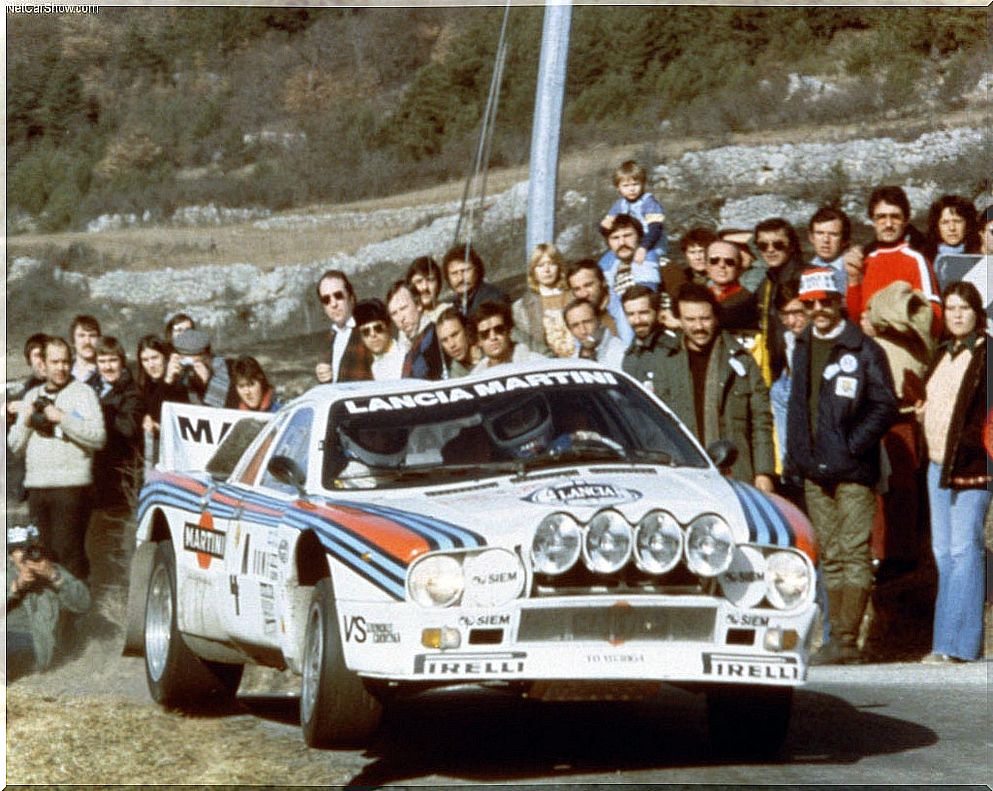
Drivers Stig Blomqvist and Michele Mouton, also with an Audi Quattro in their hands, finished fourth and fifth, respectively.
The year 1984 saw the Audi Quattro A2 compete and the Sport Quattro evolution, and it was not until 1985 that the valuable Quattro S1 and its brutal 600 hp of power appeared.
This was the last evolution of the Quattro. He competed in 1985 and 1986, but would only achieve one victory at San Remo in 1985, of the six races held.
Following the ban in the world of the Group B rally in 1986, the Quattro was withdrawn from the world of competition. Audi continued to compete with other more modern models such as the Audi 200, which was nothing more than the sporty and luxurious version of the Audi 100.
The Audi Quattro had a short life but full of successes and challenges. Not surprisingly, it fetches outrageous prices on the second-hand market or is one of the collectors’ favorite cars. It meets all the requirements to become a good investment: it is sporty, powerful, it has participated in championships and it has a striking image.

